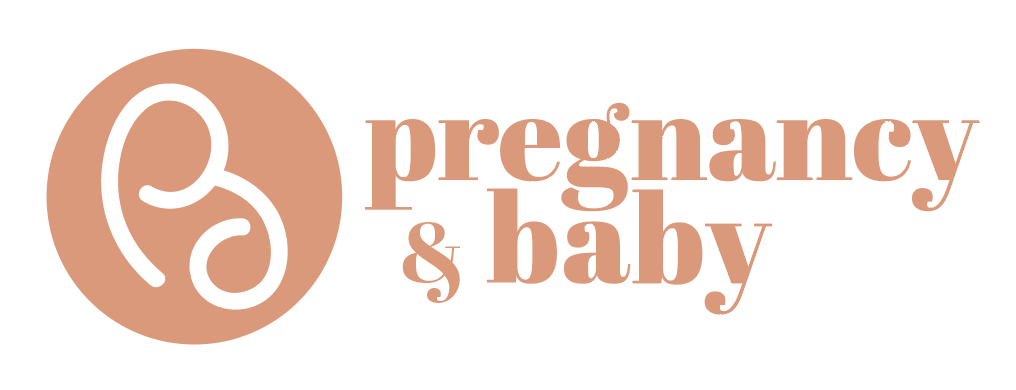

Image credit: Bountifulbaby
Not all rashes are the same
Your baby’s skin has a wealth of unique cell potential, but it is also delicate and undeveloped: it doesn’t yet function as a complete protective barrier, and can easily become irritated.
Babies as young as a few days old do develop rashes as their fragile skin adapts to a new environment. Most rashes are harmless and go away on their own.
This guide may give you a better idea of the cause of the rash, but don't use it to diagnose your baby's condition. It is important to note that rashes that are accompanied by symptoms such as a high temperature of 38C or above, irritability and a lack of energy, shortness of breath, drowsiness and fits (seizures) can be symptoms of some other illnesses such as meningitis. See your doctor for proper diagnosis and receive necessary treatment when in doubt.
What is a rash?
A rash is a generic term that describes any form of skin irritation, itchiness or redness.
Here are 7 common conditions:
1. Minor Irritations – Drool and heat rash
Drool rash: Red, dry, and/or chapped areas appearing around the mouth and cheeks (especially babies using pacifier). May also appear in the folds of baby's neck, behind ears, on chest or thumb if your baby sucks his thumb.
Heat / Sweat rash: Babies get overheated easily in our tropical hot and humid weather, and may develop rashes on their face, skin folds in the neck and arms, legs, armpits, groin, etc. Keeping your baby dressed in light, loose clothing during hot weather may be helpful.
What does it look like?

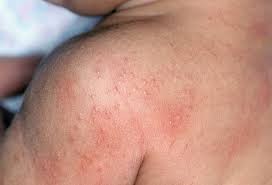
Image credit: Babyrashclinic
 What to do?
What to do?
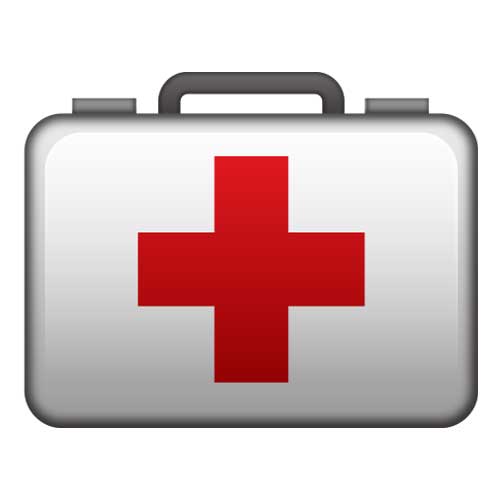 When to see a doctor?
When to see a doctor?
When there are scabs or extensive/oozing lesions, when your baby is having trouble sleeping or is irritable, or if his skin does not improve after a few weeks of treatment.
Continue reading on page 2 for more skin concerns...
This article is solely for informational purposes and is not meant to diagnose, treat, cure, or prevent any skin condition. Products recommended in this article do not represent an endorsement of those products by Pregnancy & Baby. Pregnancy & Baby makes no representation or warranty regarding any of the mentioned products. In any doubt, please consult your physician.
2. Baby Acne
Baby acne is usually related to hormones, and it is believed that babies get their maternal hormones that were passed through the womb. It usually appears in the first two to four weeks after birth. Baby acne is harmless, non-infectious, does not itch or hurt and usually goes away within a few weeks without treatment.
What does it look like?
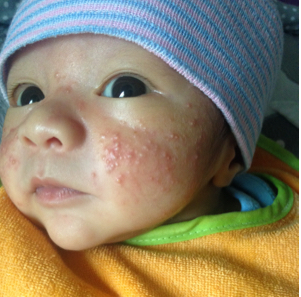

Image credit: Motherhow
 What to do?
What to do?
Does breastmilk help?
There are anecdotal examples of using breastmilk to treat baby acne. However, breastmilk may cause baby’s acne to become more pronounced. It’s observed by some parents that when their babies spit up milk after a feed, more acne appears around the mouth. The same thing can occur if his skin is irritated by saliva, or if he is overheated or fussy.
 When to see a doctor?
When to see a doctor?
When you cannot confirm it is baby acne or when it doesn’t clear within two to three months.
Continue reading on page 3 for more skin concerns...
This article is solely for informational purposes and is not meant to diagnose, treat, cure, or prevent any skin condition. Products recommended in this article do not represent an endorsement of those products by Pregnancy & Baby. Pregnancy & Baby makes no representation or warranty regarding any of the mentioned products. In any doubt, please consult your physician.
3. Atopic Dermatitis / Eczema
Eczema is a generic term for any dermatitis or skin inflammation or itching. It is often used to describe atopic dermatitis, an increasingly common skin problem that leads to extreme dryness, itchiness and skin discomfort. Usually caused by genetic and environmental factors, it often appears at the age of three months then improves after a few years.
Extremely dry, eczema-prone skin is deficient in lipids, a fatty substance that normally maintains the protective skin barrier. As a result, one is more vulnerable to the elements. This vulnerability is caused by the immune system’s heightened sensitivity. Atopic dermatitis is more likely to occur among children with allergies, such as asthma, allergic rhinitis and food allergies.
How does it look like?
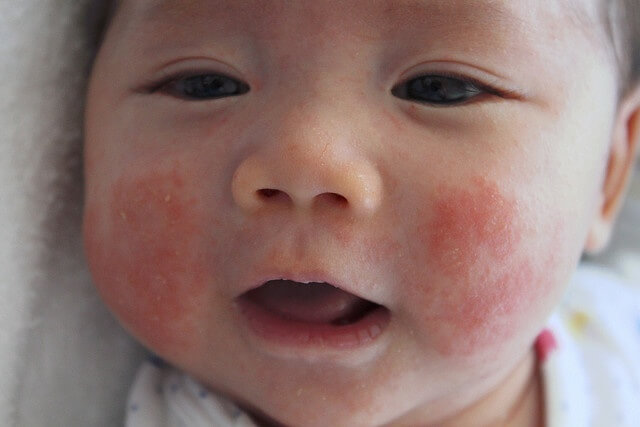
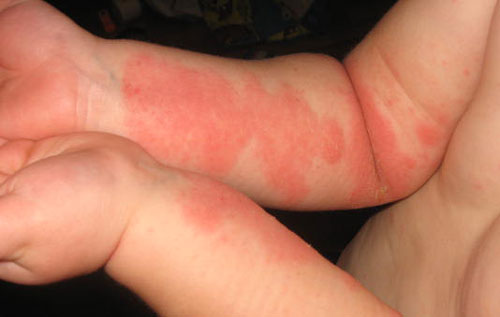
Image credit: MummySG and Naturallyhealthyskin
 What to do?
What to do?
Treatment involves the daily use of medications (if necessary) and specific dermo-cosmetic products. In addition, diet and daily hygiene can help relieve your baby’s condition:
Hygiene and bathing
Home environment
Clothing
Diet
?
 When to see a doctor?
When to see a doctor?
Eczema is a chronic condition and unlike baby acne, milk or heat rash, it requires proper diagnosis and treatment. Consult a doctor if the rashes bear the symptoms of an eczema or if one or both parents have history of eczema.
Continue reading on page 4 for more skin concerns...
This article is solely for informational purposes and is not meant to diagnose, treat, cure, or prevent any skin condition. Products recommended in this article do not represent an endorsement of those products by Pregnancy & Baby. Pregnancy & Baby makes no representation or warranty regarding any of the mentioned products. In any doubt, please consult your physician.
4. Diaper Rash
The diaper area’s very delicate skin can easily become irritated, especially during the baby’s first year of life. Up to 60% of infants are affected during the first 12 months.
Friction from diapers, contact with faeces and urine, teething, introduction of solid foods, diarrhea, infection and certain medications can all cause diaper rash.
While generally harmless, diaper rash must not be neglected. It can become painful for your baby and if poorly treated, can lead to more severe sores requiring medical care.
Prevention is better than cure!
What does it look like?
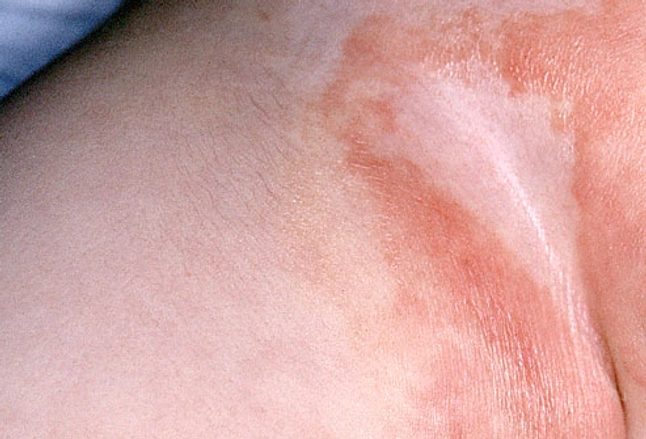

Image credit: Healthyspectra
 What to do?
What to do?
 When to see a doctor?
When to see a doctor?
When your baby’s diaper rash begins oozing, if he has trouble eating, persistent diarrhea or a skin rash, or if his condition doesn’t improve after three to four days of treatment.
Continue reading on page 5 for more skin concerns...
This article is solely for informational purposes and is not meant to diagnose, treat, cure, or prevent any skin condition. Products recommended in this article do not represent an endorsement of those products by Pregnancy & Baby. Pregnancy & Baby makes no representation or warranty regarding any of the mentioned products. In any doubt, please consult your physician.
5. Hives
Hives, also called urticaria, are often caused by an allergic reaction triggered by a food or a drug. Hives are usually itchy, vary in size and often go away within 24 hours or less, but are irritating and unsightly. It’s important to avoid whatever substance or food that triggers hives. They can last a few days with old ones fading and new ones appearing.
How do they look like?


Image credit: Babycenter and Lifewithgremlins
 What to do?
What to do?
 When to see a doctor?
When to see a doctor?
If baby has trouble breathing or swallowing, get emergency care right away.
If hives remain or become severe, it’s important to get medical care. Hives can be a sign of an internal disease.
Continue reading on page 6 for more skin concerns...
This article is solely for informational purposes and is not meant to diagnose, treat, cure, or prevent any skin condition. Products recommended in this article do not represent an endorsement of those products by Pregnancy & Baby. Pregnancy & Baby makes no representation or warranty regarding any of the mentioned products. In any doubt, please consult your physician.
6. Cradle Cap
During the first few weeks of life, babies may have small yellowish crusty patches called “cradle cap” which is caused by an overproduction of sebum (skin oil). Sebum traps the dead cells on the skin’s surface, leading to the formation of crusty patches. Cradle cap has nothing to do with poor hygiene.
This condition affects two-thirds of babies and is completely benign. Cradle cap, however, is unpleasant to look at and can be become infected by bacteria or fungi.
How does it look like?

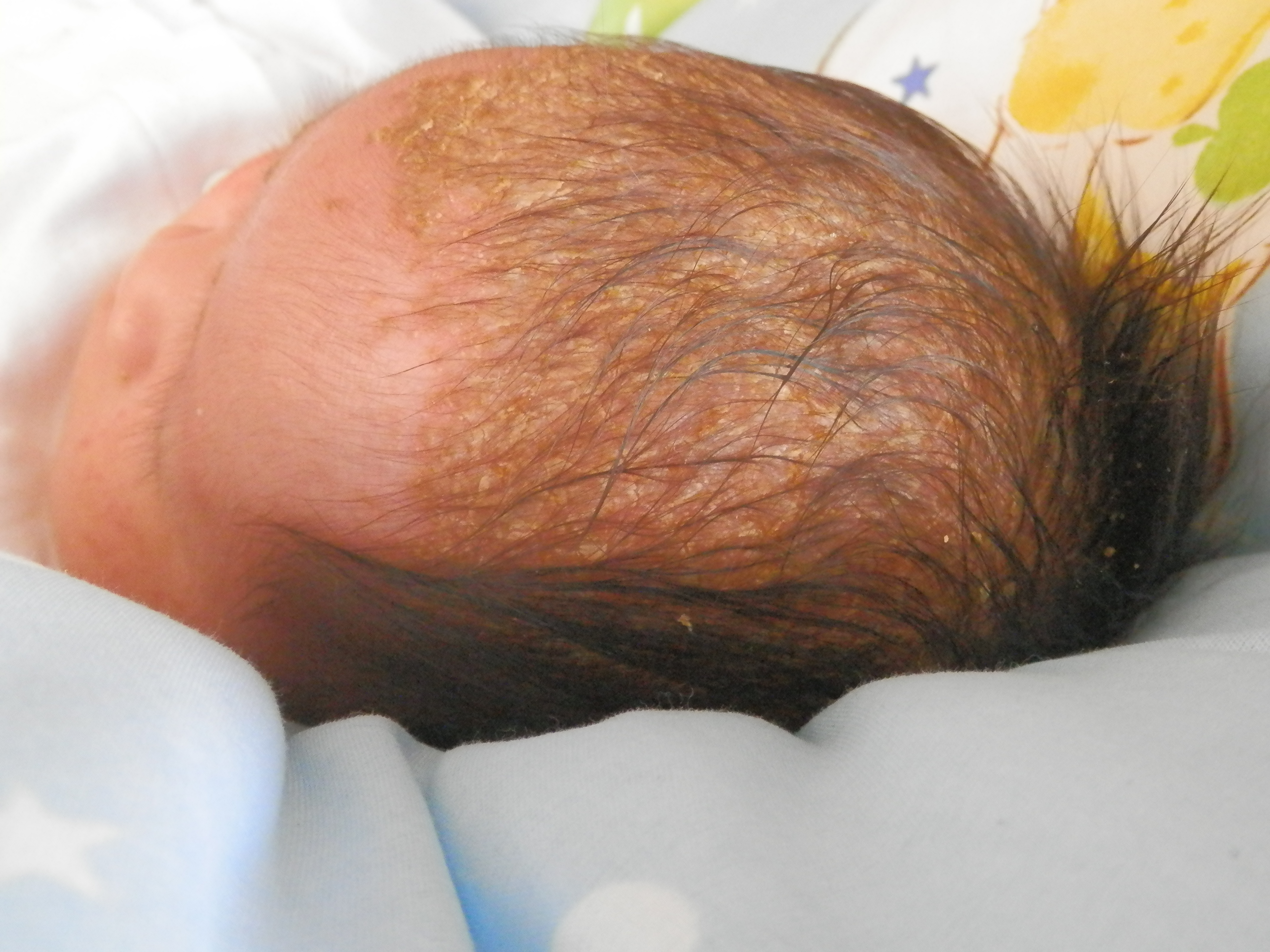
Image credit: Whattoexpect and Omnicsonline
 What to do?
What to do?
Continue reading on page 7 for more skin concerns...
This article is solely for informational purposes and is not meant to diagnose, treat, cure, or prevent any skin condition. Products recommended in this article do not represent an endorsement of those products by Pregnancy & Baby. Pregnancy & Baby makes no representation or warranty regarding any of the mentioned products. In any doubt, please consult your physician.
7. Ringworm
Ringworm is a common fungal infection amongst babies. Contrary to its name, it’s not caused by worms. Typically, the ringworm fungus enters the child's skin through broken skin, such as a cut or scratch, a patch of eczema or through direct contact with an infected person or pet, or from contact with contaminated surfaces such as towels, toys, or clothes. It is highly contagious.
You can usually buy anti-fungal cream from a pharmacy for self-treatment, without a prescription.
How does it look like?


Image credit: Babycenter and Babyrashclinic
 What to do?
What to do?
 When to see doctor?
When to see doctor?
When symptoms do not improve after 2 weeks.
We hope this has helped you identify your little one's skin irritation and put your mind at ease! However, listen to your mummy instincts and seek medical help if you think it’s necessary.
This initiative is brought to you by Mustela Singapore.
This article is solely for informational purposes and is not meant to diagnose, treat, cure, or prevent any skin condition. Products recommended in this article do not represent an endorsement of those products by Pregnancy & Baby. Pregnancy & Baby makes no representation or warranty regarding any of the mentioned products. In any doubt, please consult your physician.
Get the latest articles on all things pregnancy and baby! Subscribe to our mailing list and like us on Facebook!
Copyrighted Pregnancy & Baby by Mummys Market 2019
